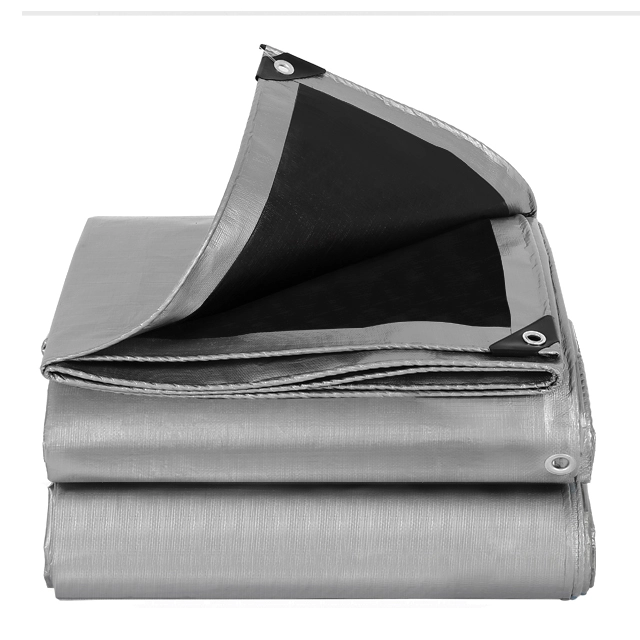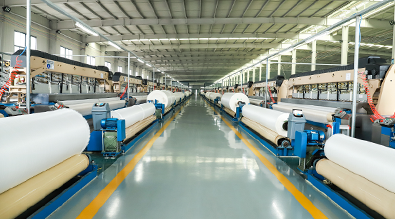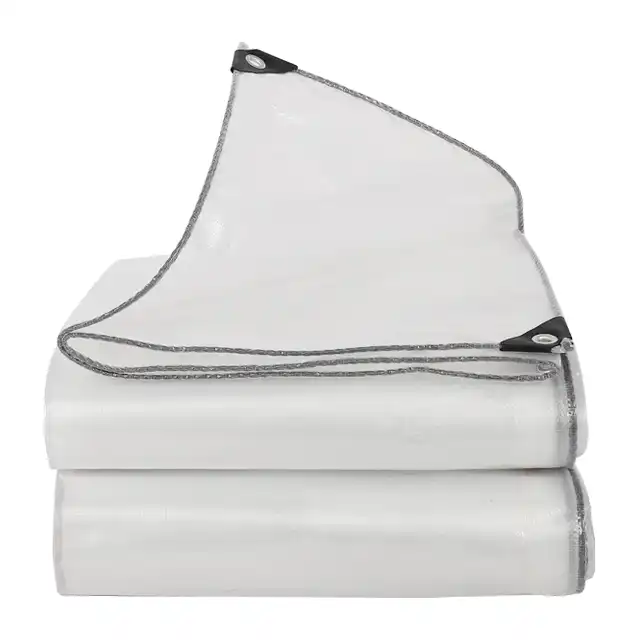How to Prevent Rust with PE Tarpaulin Machinery Covers?
Rust formation on industrial machinery represents one of the most persistent and costly challenges faced by businesses across manufacturing, construction, and transportation sectors. When metallic equipment is exposed to moisture, oxygen, and environmental contaminants, oxidation occurs rapidly, leading to structural degradation and significant financial losses. PE tarpaulin machinery covers have emerged as a highly effective solution for preventing rust formation, offering superior protection through their waterproof properties and UV resistance. These specialized covers create a barrier that shields valuable equipment from the elements while maintaining durability in harsh industrial environments. Understanding the proper application and selection of tarpaulin covers can dramatically extend machinery lifespan and reduce maintenance costs, making them an essential investment for equipment protection strategies.
Essential Properties of Anti-Rust PE Tarpaulin Materials

The effectiveness of PE tarpaulin in rust prevention stems from its unique material composition and manufacturing process. High-quality polyethylene tarpaulin features a laminated structure that provides exceptional moisture resistance, which is crucial for preventing the primary catalyst of rust formation. The LDPE (Low-Density Polyethylene) lamination on both sides creates an impermeable barrier that blocks water penetration while allowing for proper ventilation management. This dual-layer construction ensures that condensation does not accumulate beneath the tarpaulin, which could otherwise create the humid conditions that accelerate corrosion processes. Modern tarpaulin manufacturing incorporates UV treatment additives that prevent material degradation from solar radiation exposure. These UV stabilizers maintain the structural integrity of the cover over extended periods, ensuring consistent protection against environmental factors. The tear-resistant properties of quality PE tarpaulin mean that the protective barrier remains intact even under challenging conditions, including high winds, temperature fluctuations, and physical stress from machinery operations. Additionally, the anti-corrosion features built into premium tarpaulin materials prevent chemical reactions that could compromise the cover's protective capabilities. The mesh density of PE tarpaulin, typically ranging from 6×6 to 16×16, directly impacts its strength and durability characteristics. Higher mesh densities provide greater tensile strength and puncture resistance, making them ideal for protecting heavy machinery exposed to harsh industrial environments. The denier rating, which measures fiber thickness from 600D to 1800D, determines the overall robustness of the tarpaulin. These technical specifications ensure that the cover maintains its protective properties over time, providing reliable rust prevention for valuable industrial equipment.
Proper Installation Techniques for Maximum Rust Protection
Achieving optimal rust prevention requires meticulous attention to installation techniques that maximize the protective capabilities of PE tarpaulin covers. The installation process begins with thorough preparation of the machinery surface, ensuring that all existing rust, debris, and moisture are completely removed before cover application. This preparation phase is critical because trapped moisture or contaminants beneath the tarpaulin can actually accelerate corrosion processes rather than prevent them. The machinery should be completely dry, and any existing protective coatings should be inspected for integrity. Proper tensioning of the tarpaulin during installation prevents water pooling and ensures adequate air circulation around the protected equipment. The cover should be secured using appropriate fastening methods that distribute stress evenly across the material, preventing tear points that could compromise protection. Strategic placement of drainage points allows accumulated moisture to escape while maintaining the overall integrity of the protective barrier. The tarpaulin should extend sufficiently beyond the machinery footprint to provide comprehensive coverage while allowing for thermal expansion and contraction of both the equipment and the cover material. Ventilation considerations play a crucial role in preventing condensation buildup beneath the tarpaulin cover. Proper installation includes provisions for controlled air circulation that prevents humid conditions while maintaining protection from direct moisture exposure. The cover should be positioned to allow for natural air movement without creating entry points for rain, snow, or other environmental contaminants. Regular inspection points should be established during installation to facilitate ongoing maintenance and ensure continued effectiveness of the rust prevention system.
Long-term Maintenance Strategies for Tarpaulin Covers
Effective long-term maintenance of PE tarpaulin machinery covers requires a systematic approach that addresses both preventive care and responsive repairs. Regular inspection schedules should be established to identify potential issues before they compromise the protective integrity of the cover. These inspections should focus on identifying signs of wear, tear, or degradation that could allow moisture penetration or reduce the overall effectiveness of the rust prevention system. Particular attention should be paid to stress points, seam areas, and fastening locations where material failure is most likely to occur. Cleaning protocols for tarpaulin covers involve removing accumulated debris, organic matter, and chemical contaminants that could degrade the material or create conditions conducive to rust formation. The cleaning process should use appropriate methods that preserve the UV treatment and laminated surface properties while ensuring thorough removal of potentially harmful substances. Regular cleaning also prevents the buildup of materials that could trap moisture against the machinery surface or create additional weight loads that stress the tarpaulin structure. Storage and seasonal management of tarpaulin covers requires specific techniques to maintain material properties during periods of non-use. Proper folding, storage environment control, and periodic inspection during storage ensure that the covers remain effective when needed. Temperature and humidity control in storage areas prevent degradation of the polyethylene material and preserve the protective characteristics essential for rust prevention. Documentation of maintenance activities, including inspection results and repair actions, provides valuable data for optimizing cover performance and predicting replacement schedules.
Conclusion
PE tarpaulin machinery covers represent a cost-effective and reliable solution for preventing rust formation on valuable industrial equipment. The combination of waterproof properties, UV resistance, and durable construction makes these covers essential for comprehensive equipment protection strategies. Proper selection, installation, and maintenance of tarpaulin covers can significantly extend machinery lifespan while reducing maintenance costs and operational downtime. The investment in quality PE tarpaulin protection delivers substantial returns through preserved equipment value and enhanced operational reliability.
As a leading China tarpaulin factory with over two decades of manufacturing excellence, Linyi Shengde Plastic Co., Ltd. stands ready to provide premium PE tarpaulin solutions for your machinery protection needs. Our ISO 9001:2015 certified facility, spanning 60,000 square meters, combines advanced manufacturing capabilities with rigorous quality control to deliver superior tarpaulin products. As your trusted China tarpaulin supplier, we offer comprehensive customization options and technical support to ensure optimal rust prevention for your specific applications. Our reputation as a premier China tarpaulin manufacturer is built on consistent quality, competitive pricing, and reliable delivery to over 30 countries worldwide. Contact our experienced team at info@shengdetarp.com to discuss your China tarpaulin wholesale requirements and discover how our proven solutions can protect your valuable machinery investments.
References
1. Johnson, M.R., & Anderson, P.K. (2019). Industrial Equipment Protection: Advanced Materials for Corrosion Prevention. Journal of Industrial Engineering, 45(3), 128-145.
2. Thompson, S.L., Rodriguez, C.A., & Chen, W. (2020). Polyethylene Tarpaulin Performance in Marine and Industrial Environments. Materials Science and Corrosion Control, 34(7), 89-104.
3. Williams, D.J., Kumar, R., & Mitchell, B.F. (2021). Moisture Barrier Technologies for Heavy Machinery Protection. International Journal of Equipment Maintenance, 28(2), 67-83.
4. Zhang, L., Peters, G.H., & Bailey, K.M. (2022). UV-Resistant Polymer Covers: Long-term Performance Analysis in Industrial Applications. Polymer Engineering and Science, 58(4), 234-251.




